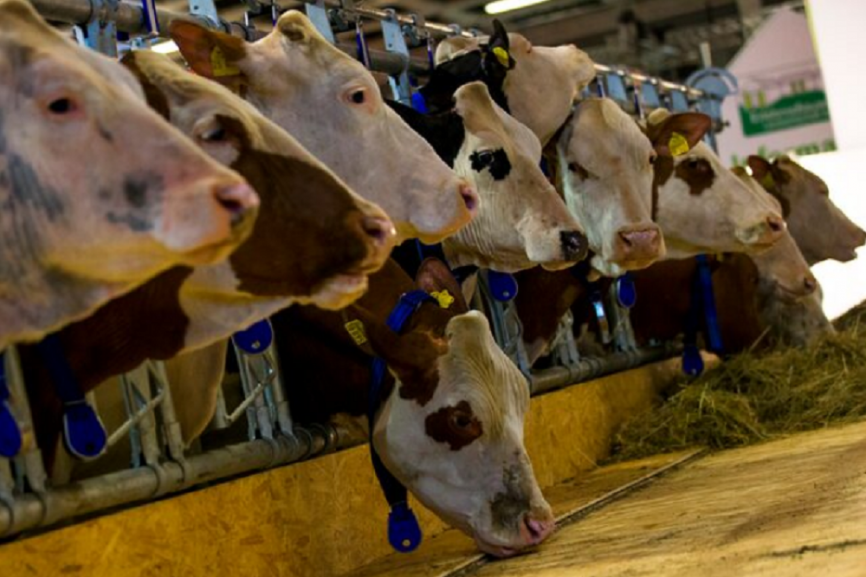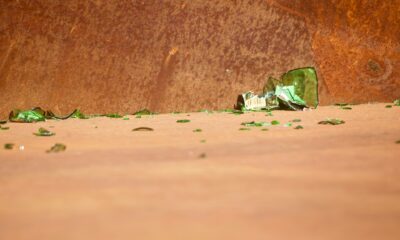The rolling hills of KwaZulu-Natal should be alive with the lowing of cattle, a sound as fundamental to the landscape as the wind in the thorn trees. But in many areas, a different, more anxious silence is taking hold. It’s the quiet of quarantined farms and the hushed worry of farmers who look at their herds and see not just livestock, but their entire livelihood under threat.
The culprit is Foot and Mouth Disease (FMD), and despite a massive vaccination drive that has reached some 800,000 cattle since 2022, the battle is far from won. The reason, as local leaders and agricultural experts are now shouting from the rooftops, isn’t just a virus. It’s a desperate human problem unfolding on dusty backroads under the cover of night.
The Invisible Highway of Disease
At a recent provincial indaba in Durban, the message from KZN’s Department of Agriculture was stark. Clinical signs of FMD are now evident in almost every district. A staggering 274 separate outbreaks remain unresolved across the province.
The SAT2 strain of the virus, first identified here in 2021, has firmly taken root. It has jumped from communal grazing lands to commercial feedlots, from small-scale dairy operations to beef farms. How is this possible in a province with movement controls?
The answer is as simple as it is devastating: an underground highway of illegally moved livestock.
MEC Thembeni kaMadlopha-Mthethwa didn’t mince words. She pointed directly to auctions and speculative sales as key events where the disease is being “disseminated” by animals moved without permits. The expanded Disease Management Area of 2025 has proven to be a line on a map, easily crossed by trailers loaded with cattle in the dead of night.
A Choice Between Disease and Desperation
But to frame this solely as a law enforcement issue is to miss the heart of the story. Listen to the farmers, and you’ll hear the real dilemma.
“For someone who has to sell two cattle to put food on the table, to pay school fees, to survive… they will load those cattle on a trailer and move them,” explains Angus Williamson of the Red Meat Producers Organization. His words paint a picture not of malice, but of necessity. When formal market access is blocked by quarantine, informal and illegal movement becomes the only option for survival.
This is the tightrope walk that officials are facing. You cannot simply shut down an area and expect people to starve quietly.
Peter John Hassard, a Hluhluwe farmer and Kwanalu President, echoes this sentiment. “You can’t just close an area down and say no more selling, no more movement,” he states. “We need to stop the movement, but we also have to give people options to be able to make an income.”
The conversation on the ground and in local farming groups has shifted. It’s no longer just about biosecurity protocols and vaccine availability, though those are critical. It’s about the fundamental economics of rural life. How do you protect a community from a disease when the curea total lockdown on salesthreatens to bankrupt them first?
A Collective Responsibility
Dr. Chanelle Kyle, who runs the KZN Movement Permit office, urges a perspective shift. She emphasizes that movement control isn’t about avoiding a fine; it’s about preventing a catastrophe. The collapse of the red meat industry in KZN would ripple through the entire province, affecting everyone from the large-scale commercial farmer to the family buying their weekly meat at the local store.
The path forward is fraught with challenge. Police cannot be on every rural road after dark. The state is learning from other provinces, but the scale of the problem is immense.
The consensus emerging from the indaba and the farming community is clear: defeating this outbreak requires a collective effort that goes beyond vaccinations. It demands innovative solutions for market access that don’t force emerging farmers into impossible choices. It requires a partnership between government and farmers, built on trust and a shared understanding of the high stakes.
The herds in KZN may be quieter, but the people who depend on them are speaking up. They are asking for a way to protect their animals and their children’s futures at the same time. Until that balance is found, the fight against Foot and Mouth will remain an uphill battle.




























